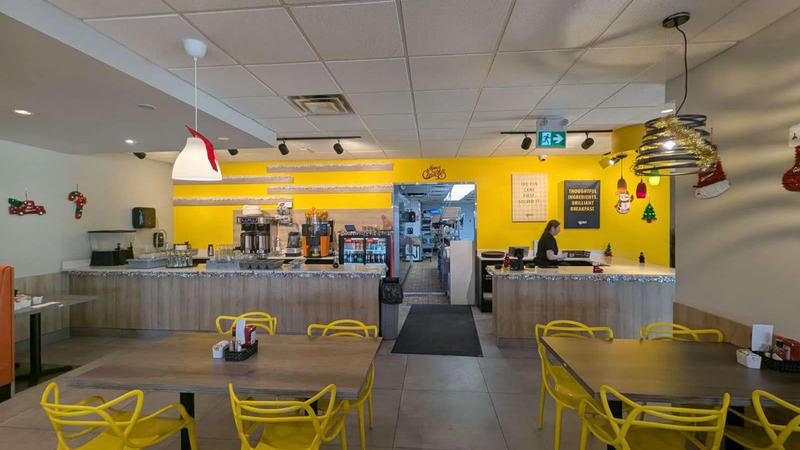
Tied stones beyond measure at Canadian men’s curling championship
BRANDON, Man. — Getting the measure of curling stones injected some drama into Brad Gushue’s opening weekend at the Canadian men’s curling championship.
Up 5-4 in the seventh end against Ontario’s Scott McDonald at the Tim Hortons Brier on Saturday, a measurement was required to determine which team owned second shot.
It was a tense moment. A deuce for McDonald would have given Ontario a 6-5 lead against the defending champions.


